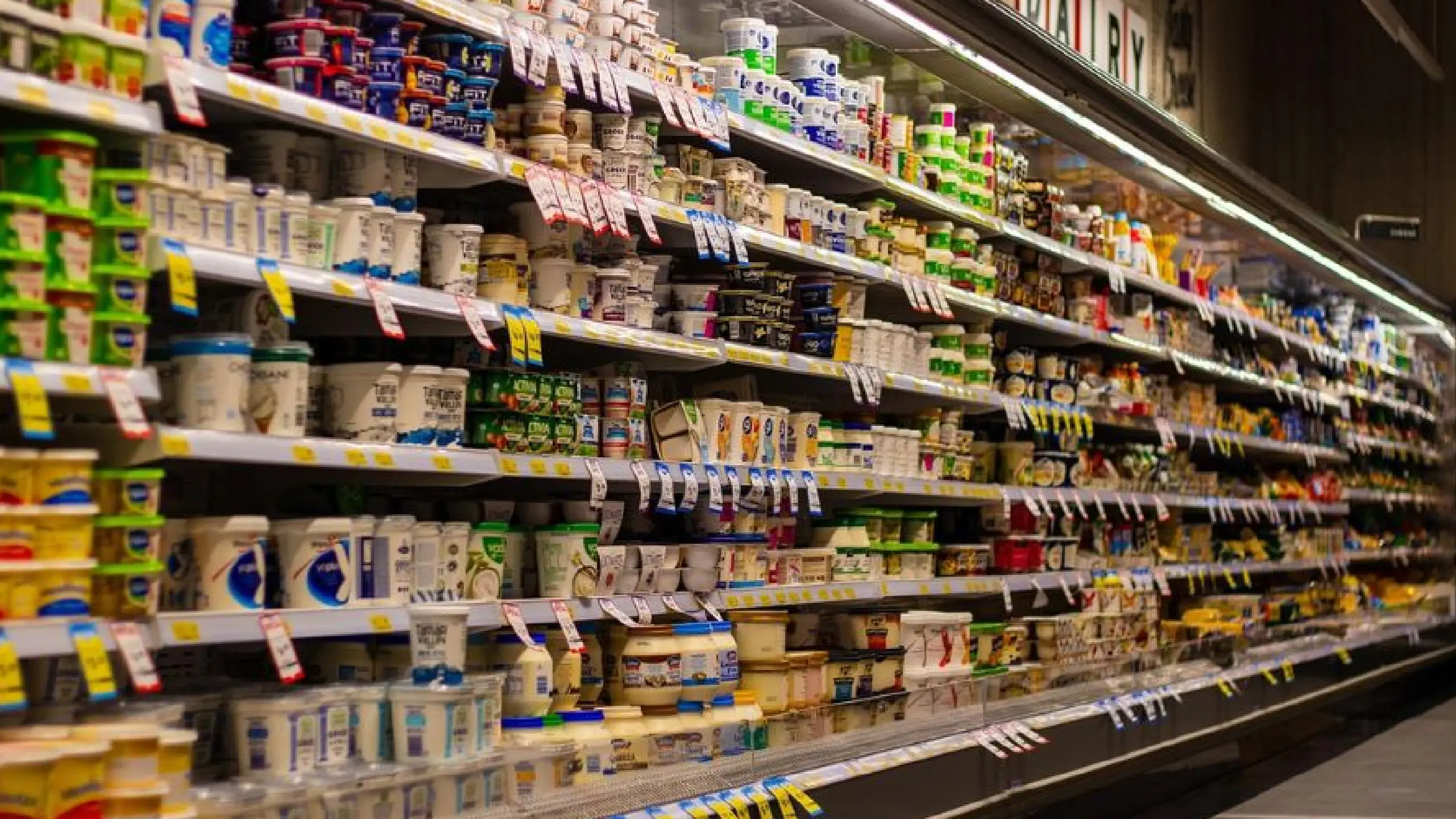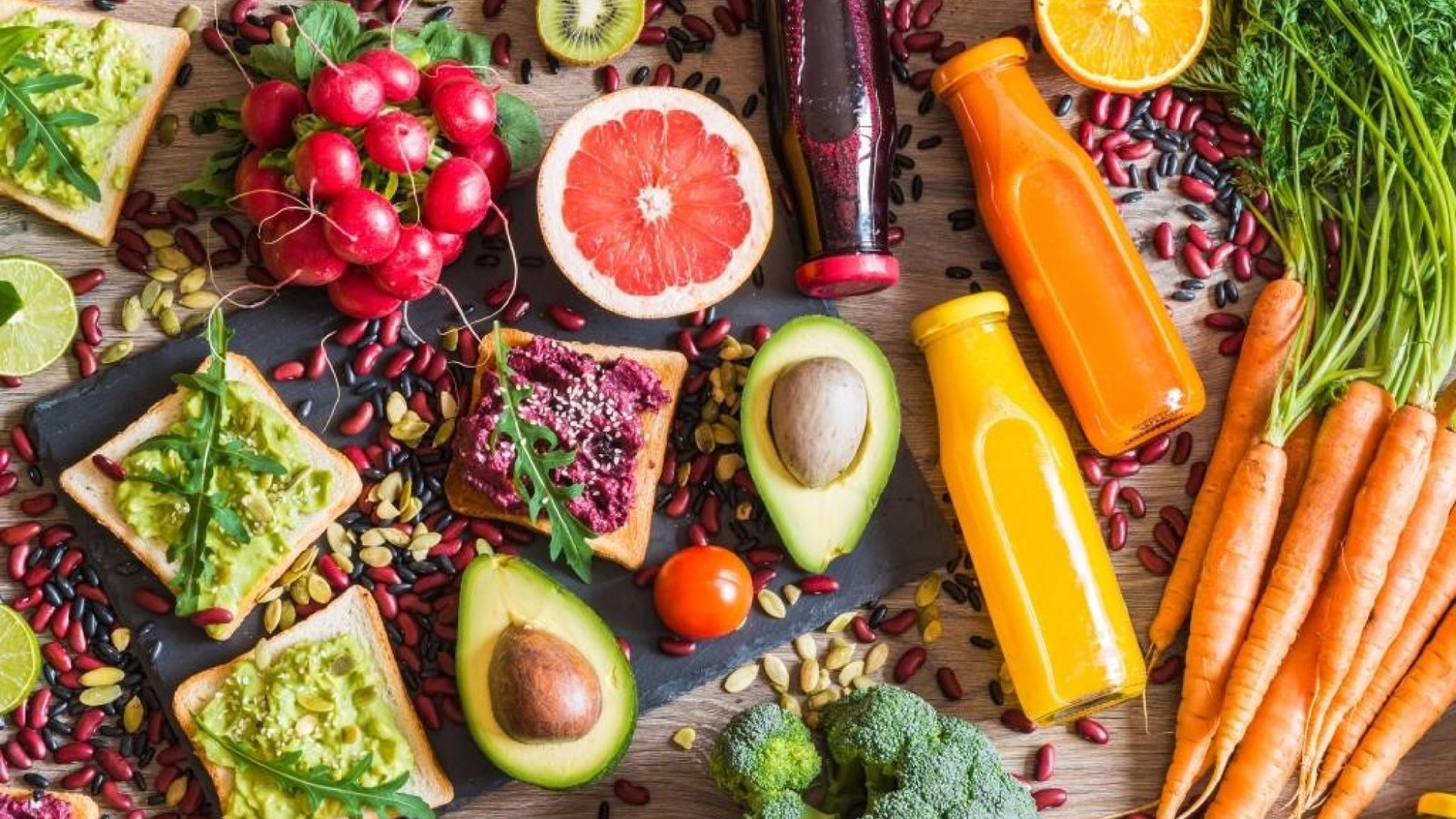
Premiumization in FMCG: Why Consumers Are Trading Up
If you’ve noticed your everyday toothpaste now comes in a matte-black, gold-foiled box with “activated volcanic minerals” written on it—and is priced like a dinner at a casual diner—you’ve already met the darling of modern markets: FMCG premiumization. From chocolates that promise a “Swiss alpine experience” to shampoos infused with “rare Moroccan oils,” consumer goods are no longer about function alone. They’re about aspiration, status, and storytelling.
But what’s really happening here? Why are consumers—who once stretched their wallets to just get by—suddenly “trading up” for pricier, shinier, and more “exclusive” versions of the same soap, coffee, or ice cream? And more importantly, what does this mean for brands navigating this gilded battlefield of choice?
This is where Blackwater steps in—the market research partner that doesn’t just count the beans but tells you why consumers prefer organic, gold-dusted beans in the first place. Let’s dive into the world of FMCG premiumization, explore the psychology behind it, and uncover how businesses can turn this gilded wave into sustainable growth.
The Rise of Premiumization in FMCG
To understand premiumization, imagine the FMCG industry as an age-old bazaar. Traditionally, this bazaar was all about basics: toothpaste that cleans, soap that lathers, biscuits that fill. But over the last two decades, the stalls have become more glamorous. Now, your toothpaste not only cleans but promises Hollywood smiles, your soap isn’t just fragrant but infused with Himalayan botanicals, and your biscuits come with heritage recipes baked into their DNA.
This shift—where everyday consumer goods morph into aspirational products—is the essence of FMCG premiumization. It’s not that consumers stopped caring about price; it’s that they care more about value. Value here doesn’t mean “cheap” but “worth it”—the perception that paying extra delivers more satisfaction, better quality, or even a dash of social prestige.
Why Consumers Are Trading Up

So, why do people reach for the premium shelf? The answer is an intoxicating cocktail of psychology, economics, and cultural shifts.
First, there’s rising disposable income in emerging markets. When people have more to spend, they’re less likely to settle for the cheapest version of a product. Instead, they gravitate towards luxury consumer goods, or at least their more affordable cousins—“masstige” products that balance aspiration and accessibility.
Second, there’s the rise of identity-based consumption. Consumers today don’t just buy a face cream—they buy into a narrative of self-care, wellness, or sophistication. That $10 face wash isn’t about clearer skin; it’s about belonging to a tribe of mindful, health-conscious consumers.
Finally, there’s the subtle magic of brand loyalty. When brands consistently deliver on their premium promise, customers become hooked. They justify the higher spend not just with their wallets but with emotional reasoning—“I use Brand X because it fits my lifestyle.”
The Role of Storytelling in Premiumization
Here’s the truth: nobody needs Himalayan pink salt in their potato chips. But when brands tell stories about ancient purity, sustainable sourcing, and artisanal craftsmanship, suddenly those chips become irresistible. Premiumization thrives on storytelling.
Think of luxury consumer goods like high-end perfumes. People don’t pay $200 for 50 ml of liquid because it smells that much better. They pay for the story—the heritage house in Paris, the meticulous distillation process, the aura of exclusivity. FMCG brands are now borrowing from this luxury playbook, weaving narratives around heritage, craftsmanship, and rarity.
Blackwater’s research shows that consumers, especially millennials and Gen Z, are more responsive to brand stories than traditional advertising. They want to feel connected, to believe their purchase reflects their values. Premiumization, therefore, isn’t just about elevating the product; it’s about elevating the story around it.
Consumer Spending and the Premium Puzzle

Let’s talk money. One of the most intriguing trends in consumer spending is how premiumization is reshaping budgets. Consumers might cut back on large-ticket purchases like cars or vacations but willingly splurge on premium FMCG items. Why? Because small luxuries offer affordable indulgence.
This phenomenon is often called the “lipstick effect.” During economic downturns, sales of small luxuries—lipsticks, chocolates, specialty coffee—often rise. Consumers may not be able to afford designer handbags, but they can indulge in gourmet chocolate that makes them feel luxurious. Premiumization taps into this psychology, positioning everyday items as mini-upgrades to one’s lifestyle.
How Premiumization Fuels Brand Loyalty
Here’s where brand loyalty gets turbocharged. Once consumers trade up, they rarely want to trade down. That premium shampoo isn’t just a product; it becomes a ritual, a status symbol, or even a comfort blanket.
Brands that master premiumization often lock in customers for life. It’s not just about the higher price point but about creating a consistent sense of superiority—whether through packaging, ingredients, or after-sales engagement. This creates a virtuous cycle: consumers stay loyal, and loyal consumers are less price-sensitive.
Blackwater’s data-driven insights help companies decode these loyalty loops, showing precisely what keeps premium consumers hooked—and what might drive them away.
Categories Leading the Premiumization Wave

Premiumization isn’t evenly spread across FMCG categories. Some sectors are hotbeds of premium experimentation. Beverages—coffee, tea, and alcohol—are obvious winners. Nobody blinks at a $6 latte anymore because it comes with “single-origin beans.” Personal care is another thriving sector, with serums, oils, and artisanal soaps commanding hefty premiums.
Packaged foods, too, are undergoing a renaissance. Gluten-free, organic, vegan, keto-friendly—the buzzwords may vary, but the premium pricing stays. Even household cleaners are joining the fray, with eco-friendly, plant-based solutions carving out premium niches.
This category spread shows that premiumization isn’t niche—it’s mainstream. Every FMCG company must ask itself: how do we elevate our products in this landscape without alienating our base? That’s the strategic challenge where Blackwater excels.
Global vs Local: A Tale of Two Premiums
Premiumization doesn’t look the same everywhere. In Western markets, it often leans heavily on luxury consumer goods aesthetics and sustainability. Think organic produce in recyclable packaging or artisanal ice creams with exotic flavors.
In emerging markets, however, premiumization sometimes equates to Westernization. International brands carry aspirational weight, and consumers often equate foreign products with higher quality. At the same time, there’s a growing pride in local heritage, leading to a “glocal premium” trend—products that combine local authenticity with premium positioning.
Blackwater’s market research digs deep into these regional nuances, helping brands avoid one-size-fits-all approaches and instead craft culturally resonant premium strategies.
Digital Acceleration of Premiumization
E-commerce and digital platforms have accelerated FMCG premiumization like never before. Online, shelf space is infinite, and brands can showcase niche, premium products without the limitations of brick-and-mortar retail. Instagram-worthy packaging, influencer endorsements, and storytelling-rich product descriptions all feed into the premium narrative.
Social media has become the ultimate catwalk for premium FMCG. Consumers don’t just buy; they flaunt. And every Instagram post of a $10 smoothie or gourmet chocolate bar fuels the cycle further. Digital platforms have essentially democratized aspiration—everyone can access premium goods at the click of a button.
Challenges of Premiumization
Of course, it’s not all golden wrappers and artisanal smiles. Premiumization comes with challenges. Overpricing without genuine value backfires, creating cynicism. A brand that simply slaps “luxury” on a label risks eroding trust if the experience doesn’t match.
Sustainability is another hurdle. Premium consumers increasingly expect eco-friendly practices, and any misstep here can undo years of branding. Moreover, inflationary pressures mean brands must balance premium pricing with affordability—a tightrope that requires precision.
This is why data-driven market intelligence from Blackwater is essential. Understanding consumer psychology, tracking spending shifts, and mapping competitive landscapes allows brands to premiumize with purpose rather than falling into the trap of shallow glitz.
The Future of FMCG Premiumization
Looking ahead, premiumization will continue to evolve. Expect hyper-personalization, where products aren’t just premium but tailored—custom skincare, bespoke nutrition, curated beverage subscriptions. The fusion of technology with FMCG will push premium boundaries even further.
Sustainability will also move from “good-to-have” to “must-have.” Tomorrow’s premium isn’t just rare and exclusive—it’s ethical, transparent, and aligned with global consciousness. The premium brand of the future won’t just tell a story; it will invite consumers to co-create it.
For businesses, the premium question isn’t whether to adapt but how. And that’s where Blackwater comes in: decoding trends, guiding strategies, and ensuring your premium play isn’t just a fad but a foundation.
Conclusion: Trading Up with Purpose
FMCG premiumization isn’t about selling overpriced toothpaste. It’s about understanding that consumers crave more than functionality—they crave meaning, identity, and a touch of everyday luxury. They’re willing to stretch their consumer spending when brands deliver not just products but experiences, stories, and values.
But premiumization is a double-edged sword. Done right, it creates brand loyalty that transcends price. Done wrong, it turns into gimmickry that alienates buyers. The difference lies in insight—knowing what consumers truly value and how to deliver it consistently.
Blackwater isn’t just a spectator in this story—it’s the backstage strategist ensuring brands shine under the spotlight. From decoding cultural shifts to mapping consumer aspirations, Blackwater equips businesses to not only ride the premium wave but to own it.
In the end, premiumization is here to stay, and consumers are happy to trade up. The real question is: will your brand rise with them, or stay stuck on the bottom shelf?



